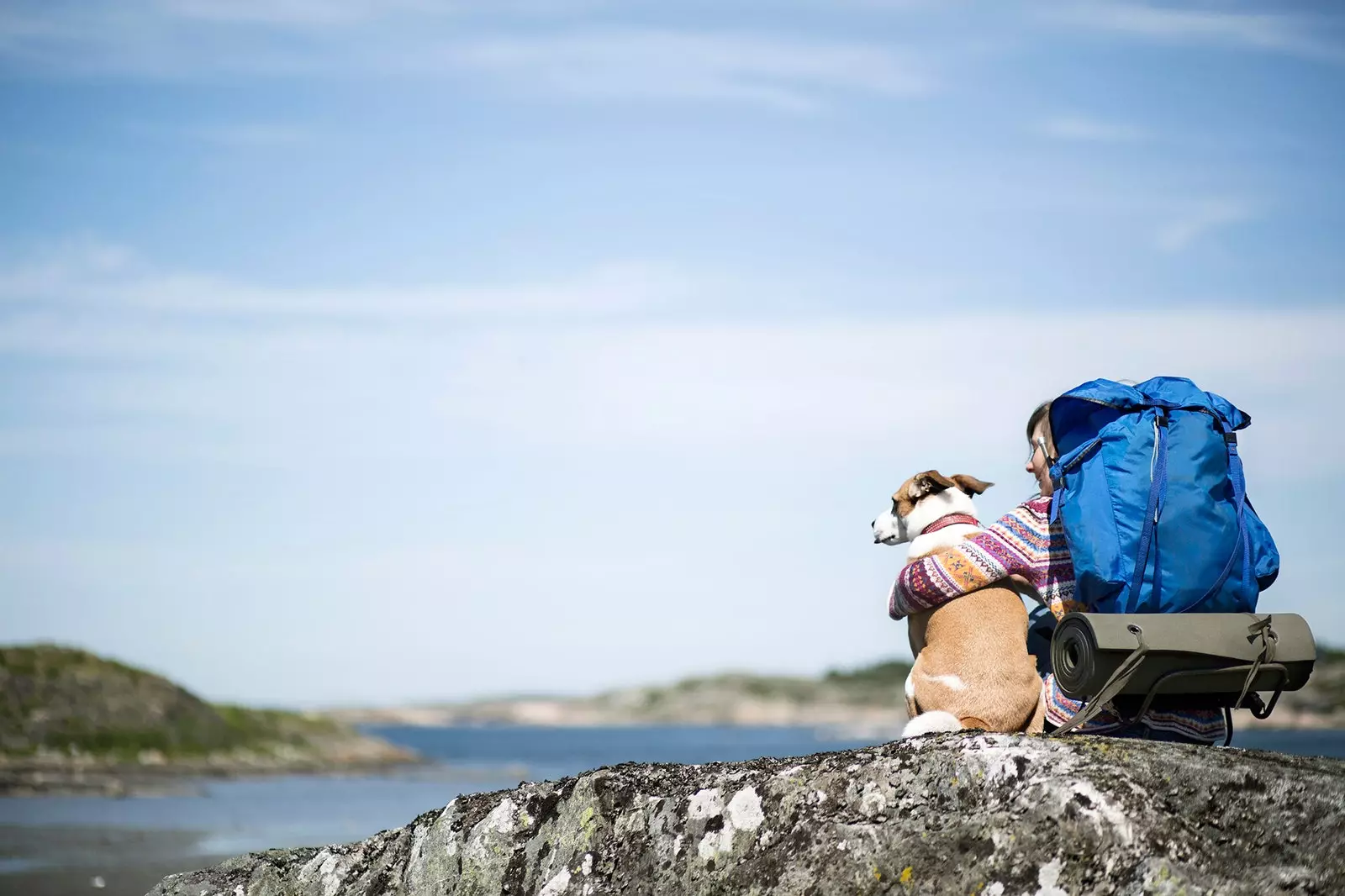
If they do the same kilometers as you, why shouldn't they have their Compostela?
It makes sense: if they do the same kilometers as a pilgrim, why shouldn't they also receive their Compostela? What's more, why shouldn't they have that beautiful collection of stamps that each credential is? This idea has been a reality since March 2018 when the Camiño Animal Protection Association (APACA) delivered the first Compostela.
“We have had an office in Santiago since 2017, an administrative center for organizing campaigns. As it is on the French Way, the pilgrims, with or without a dog, came in to ask us for the stamp, to browse or to inform us of the situation in which they had seen dogs that had been found along the Way. One of them, who came with his dogs and also works in a shelter, gave us the idea of making a credential for dogs”, explains to Traveler.es Raquel Freiría, manager and spokesperson for APACA.
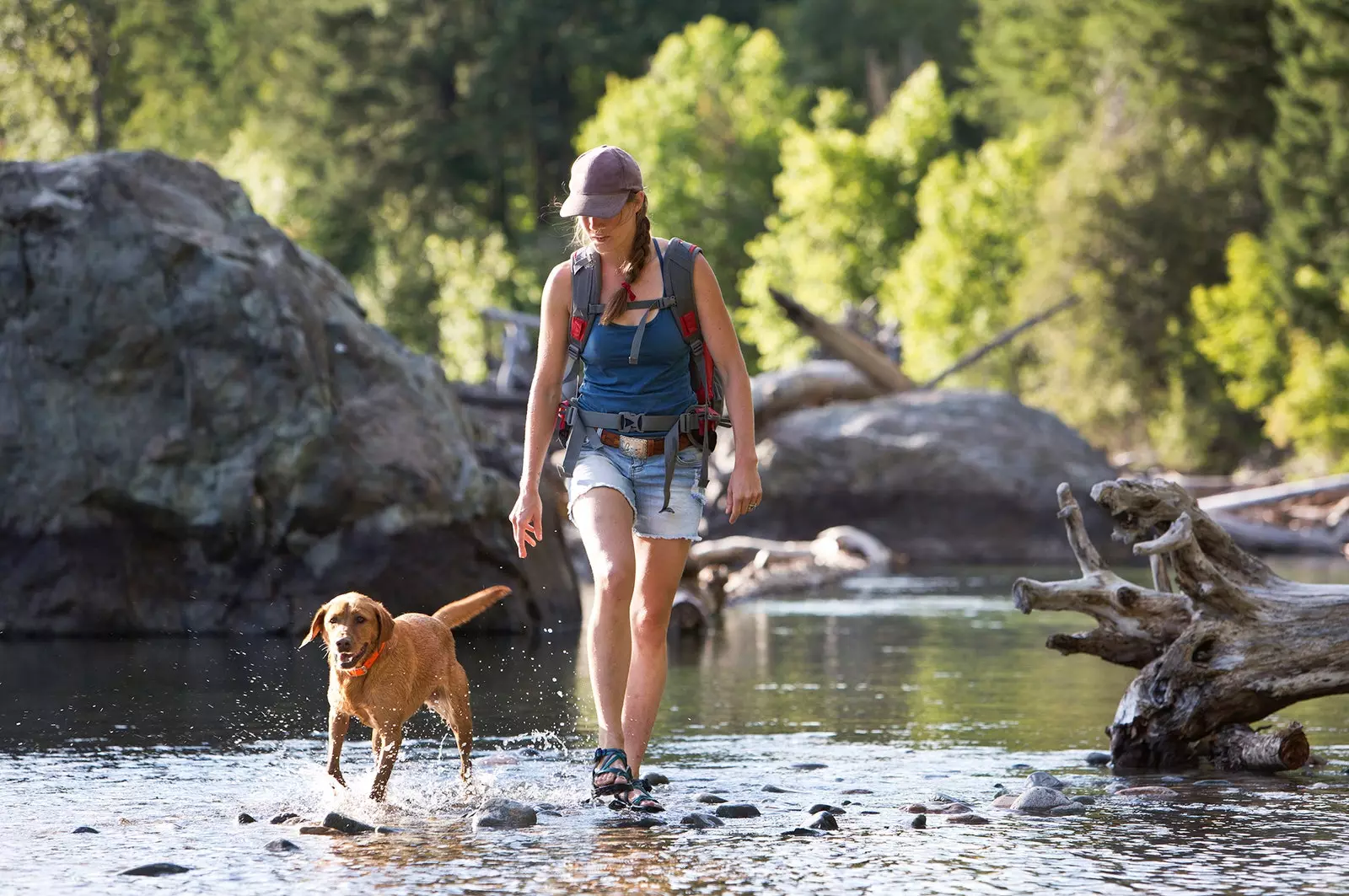
At the time of delivery, the good practice of the owner is taken into account
Said and done. "In Easter 2018 the first canine credential was launched and the first Compostela was given”. And the idea seems to be liked, as much as the almost 500 credentials that they sold last year and the around 400 Compostelas that they issued. This 2019 they already flirt with the 300 credentials Y exceed 120 Compostelas.
The canine credential, the passport that needs to be stamped along the Camino, can be purchased at different distribution points. The Compostela is delivered in the premises that APACA has in calle Fontiñas 27 (entrance to Santiago along the French Way) and for this, more than the kilometers that the dog travels, the association takes into account the good praxis of the pilgrim, "That the owner is capable of adapting the Camino to the dog and to its needs", indicates Freiría, who speaks of empathy, organization and logic.
“It is not a race, you have to do the Camino in another way. Going with the dog helps to empathize, to strengthen ties, you learn to know him better, it forces you to connect, to be more aware and more attentive to signals that the dog sends us”, assures Freiría who considers that “it cannot be said that the Camino is a dog-friendly place, but it is on the way to being”.
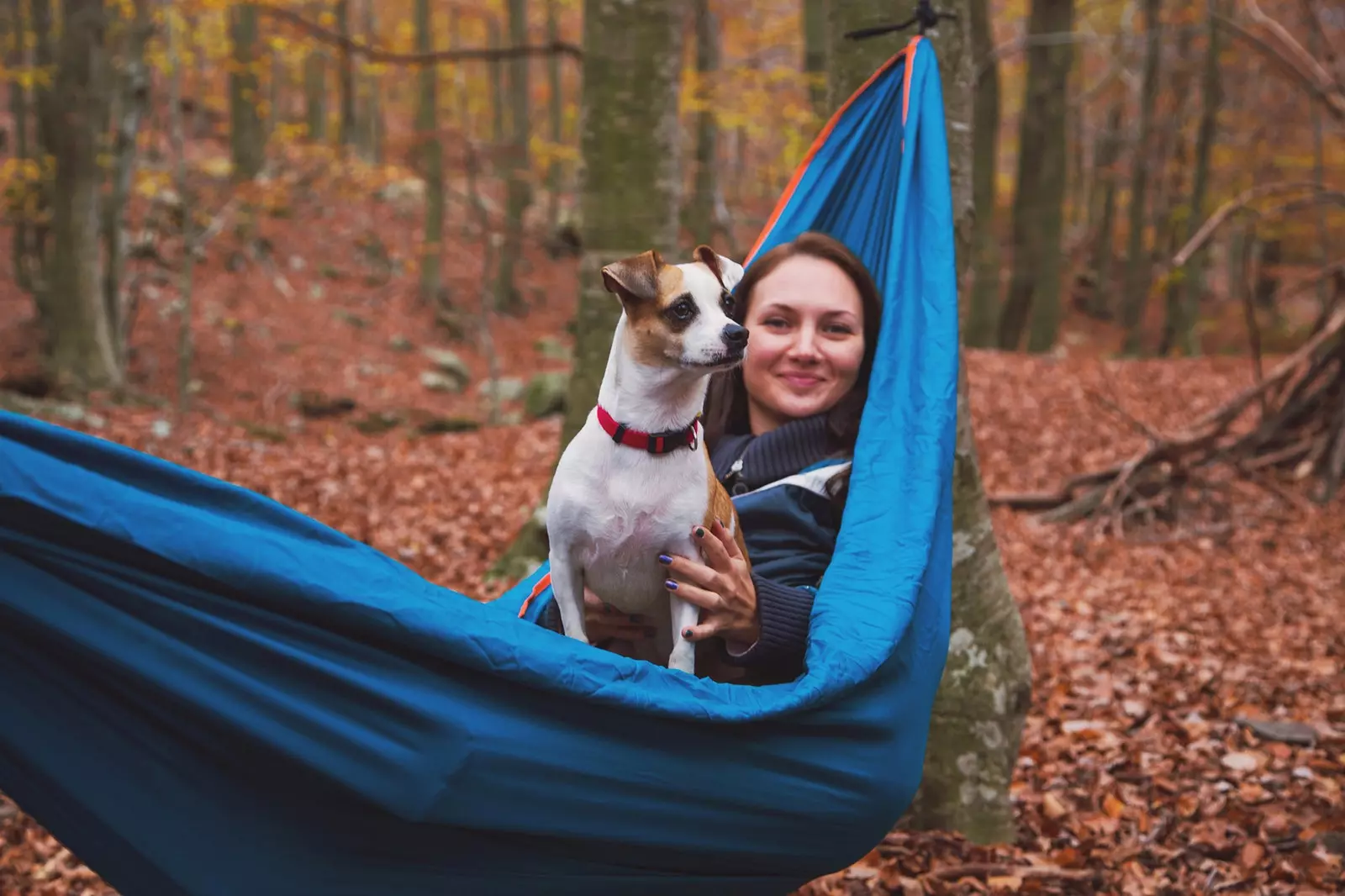
Adapt the Camino to your dog
Therefore, on their website they give a series of recommendations ranging from spend time preparing the trip taking into account the physical capacity of the animal to what you have to carry in the first-aid kit, going through having controlled the veterinarians that are along the route and the shelters that allow dogs, avoid the hours of maximum heat, take care of your pads, flee from the asphalt, vaccinations you need to take or organize your meals.
The price of the canine credential amounts to 3 euros and the proceeds are used to keep this initiative active and to launch other campaigns. “Everything we do, and specifically the Compostela and the canine credential, we do it to promote knowledge and dissemination ; and claim that the values of the Camino de Santiago are also applied to animals because they are living beings”.
And it is that this initiative is one more that adds to rescue, care, awareness, information, guidance, investigation, complaint and claim work that from APACA they carry out both with the local population and with the pilgrims.
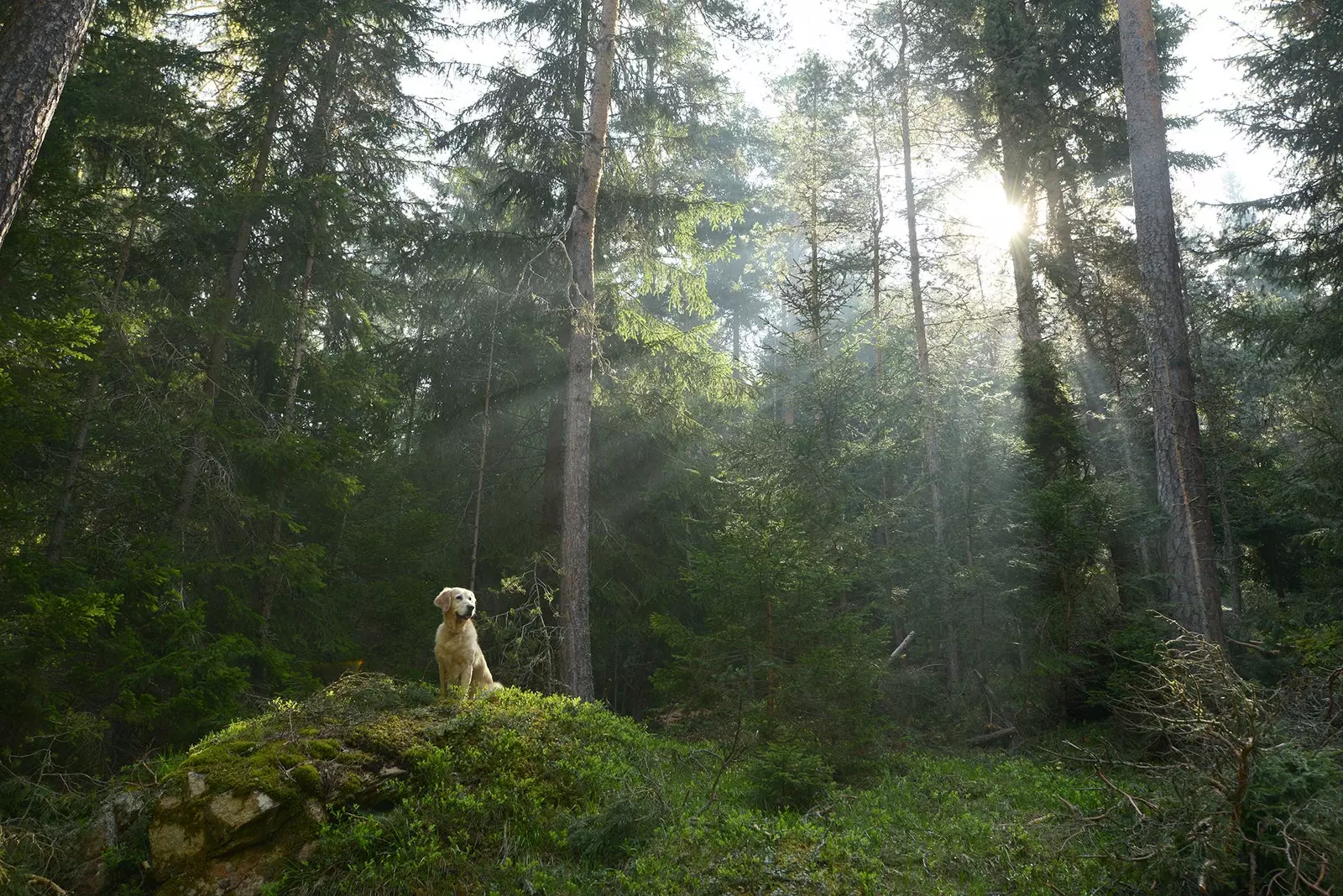
Avoid the hours of maximum heat and the asphalt
“We operate, above all, with Arzua Town Hall [A Coruña] which is where we have a work agreement for the reception and care of animals. In the assistance area, which is the collection of abandoned or lost animals on the Way, basically We are operating in some municipalities in the province of A Coruña, especially, in the French Way area. From there, we are going to move as the municipalities vary a little and they want us to work in their councils”, describes Freiría.
Of course, he makes it clear that when he talks about abandoned or lost animals on the Camino he is not referring to pilgrims. "Pilgrims who abandon their dogs, we know nothing here" . He talks about the abandoned dogs in the area and insists on emphasizing that “abandonment is nothing more than a form of mistreatment, what the population sees on the street : the dog crossing the road, the dog that causes an accident… There are many animals that are in a situation of semi-abandonment in the villages and worse than abandonment, that are tied to a chain or locked in cages”.
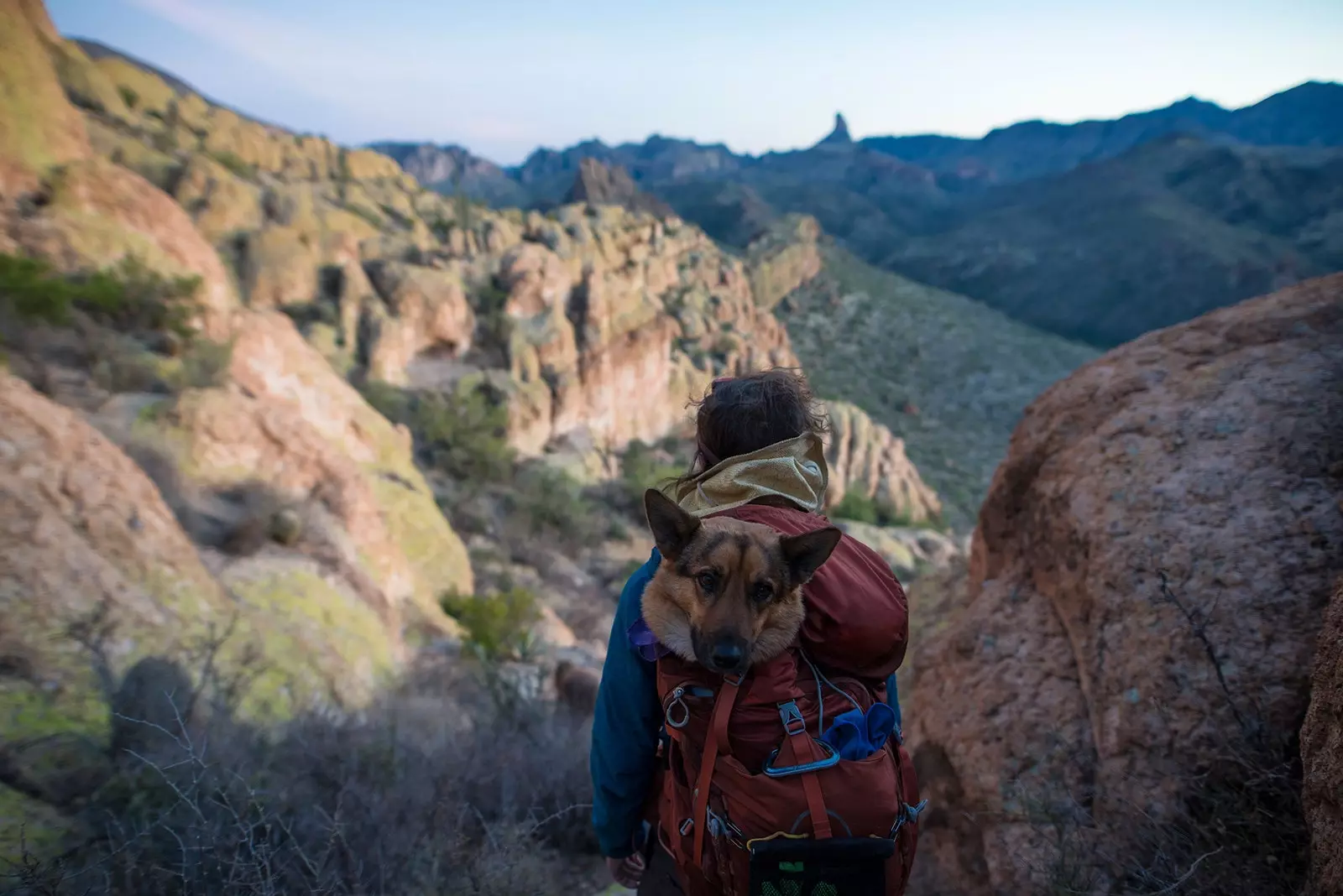
You will have to be attentive to everything you need
